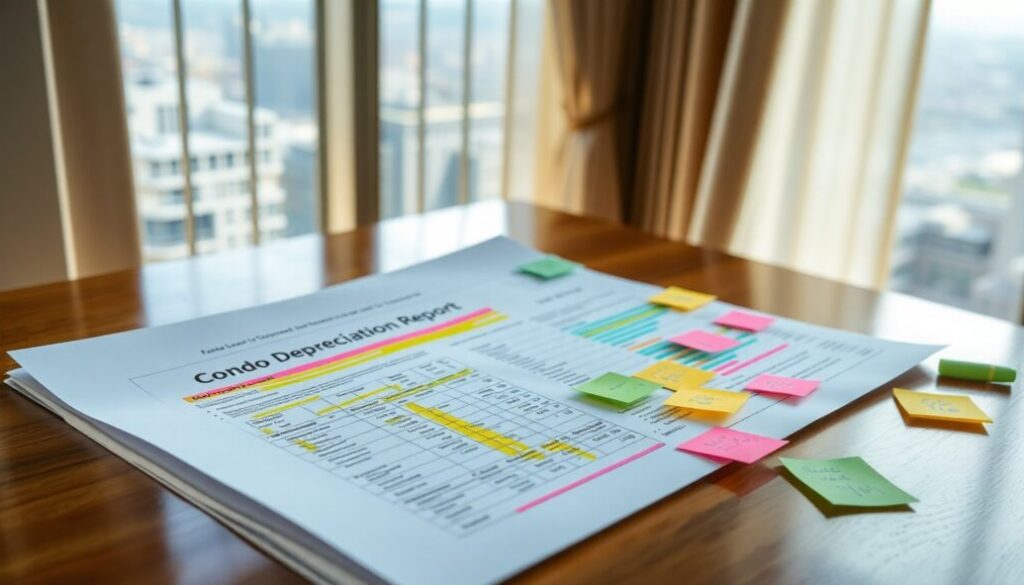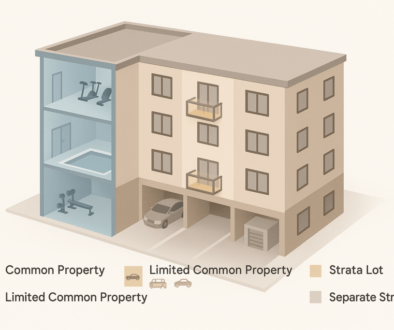Reading Between the Lines: The Condo Depreciation Report
For new buyers—and realtors guiding them—one document that often gets skimmed or misunderstood is the condo depreciation report. It’s not as exciting as the listing photos or floorplans, but it’s a key piece of the puzzle when it comes to understanding the long-term outlook of a building.
Let’s get one thing clear from the start: a depreciation report isn’t a warning sign. It’s not meant to scare anyone. It’s a planning document—a guideline for the strata council to consider when maintaining the building. It outlines major components like roofing, plumbing, windows, siding, and elevators, and gives projected timelines for future maintenance or replacement, along with ballpark cost estimates.
But here’s the part that often gets missed: none of it is set in stone.
The recommendations in a depreciation report aren’t rules—they’re options. The strata council has the ability to adjust priorities, delay or accelerate work, or take a hybrid approach based on what makes sense for the owners at the time. This is especially true in buildings where owners are actively engaged and have a long-term mindset.
So, what should you and your clients really be looking for?
Balance of the contingency reserve fund
While the numbers in the report may suggest future spending, they’re based on benchmark costs and assumptions. Real-world costs can vary—sometimes significantly—once actual quotes come in. Still, it’s good to have a sense of whether the reserve fund is generally keeping pace with what’s outlined in the report. A well-funded reserve doesn’t mean the strata is spending money unnecessarily—it often means they’re just planning ahead.
Upcoming projects in the next 5–10 years
Take note of what the report says might need attention in the near future, and use it as a conversation starter. Ask how the strata have handled past projects, whether they tend to follow the report closely or make adjustments based on current conditions and quotes.
Strata’s general approach to maintenance
Some councils stick closely to depreciation reports; others prefer to reassess with real-time inspections and updated quotes. Both approaches can work—what matters is that the council is proactive and transparent about their process. Look for evidence of that in AGM minutes or recent budgets.
Age and condition of the report itself
Reports should be updated every three years. If the one you’re reviewing is much older, just keep in mind that cost estimates and timelines may not reflect current market conditions. Again, it’s a guideline, not a price tag.
The big takeaway?
A depreciation report shouldn’t scare off a buyer—it should help them make an informed decision. It’s a tool that outlines possibilities, not certainties. As a buyer or agent, your job is to understand what’s coming up, what the strata’s approach is, and how flexible and engaged the owners are. That’s how you build confidence in a purchase—not just for today, but for the years to come.





